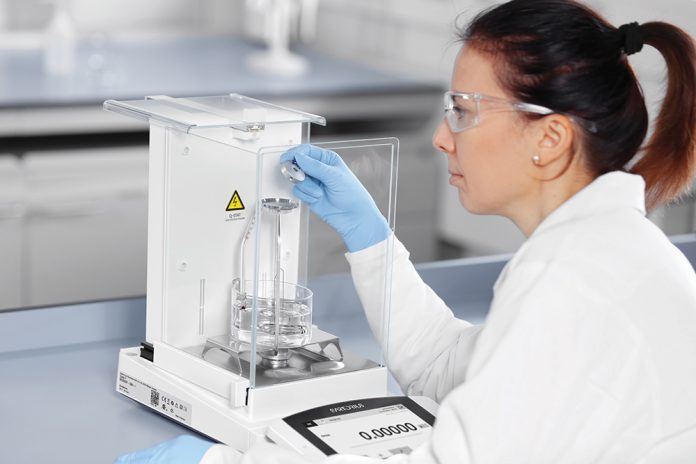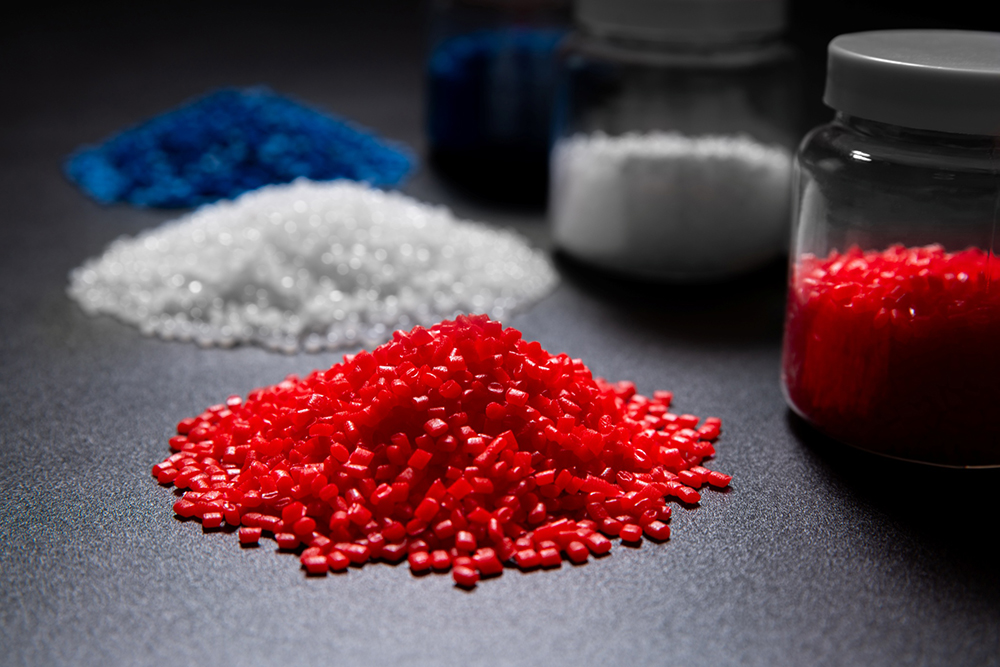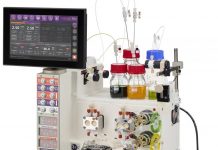Balances used in chemical laboratory workflows must deliver accuracy and precision while being robust and intuitive to operate. The Cubis® II portfolio of laboratory balances and applications reflect 150 years of weighing expertise and innovation. These balances have been trusted to weigh the most precious samples, including the moon rocks brought back by the Apollo 11 mission. With this legacy, these balances have earned a place in the most demanding chemical laboratory workflows.
In this article, we highlight four of the many applications for which Cubis® II balances can be used and demonstrate the unmatched flexibility to meet the diverse needs of users in the chemical laboratory setting.
Residue on Ignition
Residue on ignition is used to determine the ratio of inorganic and organic components in samples. The testing procedure can be applied to a wide range of sample types to determine inorganic impurities in an organic substance or organic impurities contained within inorganic samples. Samples are subjected to heat treatment in a drying oven under the influence of oxygen which destroys organic substances. The loss of mass (i.e.,loss on ignition) represents the organic portion of the sample while the residual ash (i.e., residue on ignition) represents the inorganic portion.
The Cubis® II residue on ignition application is used to determine the sample initial weight, back weight and residue on ignition. Based on the first back weight, the remaining substance weight (rest) before drying is determined while the second back weight is used to determine residue on ignition after drying. The first and second back weighings can be repeated as needed and previous back weights can be overwritten. The most recent values are always used by the software to calculate the rest and the residue on ignition.
Density Measurement
Determination of the density of solids and liquids is an essential part of the chemical workflow. Applications designed for the Cubis® II balance facilitate these measurements with a solution that is fast, easy and less expensive than benchtop density meters. The Cubis® II is also capable of handling solid samples with densities higher than 3 g/cm3.
The density measurement of solids application uses the buoyancy method. A climate module measures environmental conditions including humidity, air pressure and air temperature while a thermometer supplied in the density measures the temperature of the water bath. The sample is first weighed in air and then submerged in liquid. Based on the two weight values the application calculates the sample density.
Formulation
Formulation is a critical step in product development and production processes. For a global company, it is essential that specific formulation are produced in the same manner at all sites and if changes are needed, an updated recipe can be efficiently distributed across the organization.
These applications enable formulation recipes to be stored on the Cubis® II in a balance internal database or in an external PostgreSQL via our formulation software apps. Depending on the used application recipes are either weighed into one single tare vessels or multiple tare vessels. The user defines the components, component target weight and permissible tolerances for each recipe. During the weighing process, the target weight of each component is displayed, highlighted with a yellow/green/red bar graph; the weight value can be acquired automatically or manually. The application documents the measured component weights, determines the difference from the set target weight and calculates the sum of the total weight.
Backweighing
The backweighing application is used for simple differential weighing with alphanumeric lot tracking. The technique is performed to determine loss on drying, as an example, or used with raw materials and finished products to determine chemical compatibility with packaging.
The process is easy and efficient with Cubis® II balances. As a first step, the initial weight (with tare) is measured. This is followed by up to three back weights per sample. The application calculates the difference between the initial and backweight of samples.
Conclusion
The Cubis® II portfolio of configurable, high performance balance hardware and software aligns with the unique demands of the chemical laboratory. These balances were designed for intuitive operation and include intelligent diagnostic systems which guarantee a higher degree of reproducibility while reducing the risk of human error.
To learn more about the Cubis® II portfolio and software applications, please visit www.sartorius.com/en/products/weighing/laboratory-balances/cubis-ii
www.sartorius.com/bulk-chemicals










